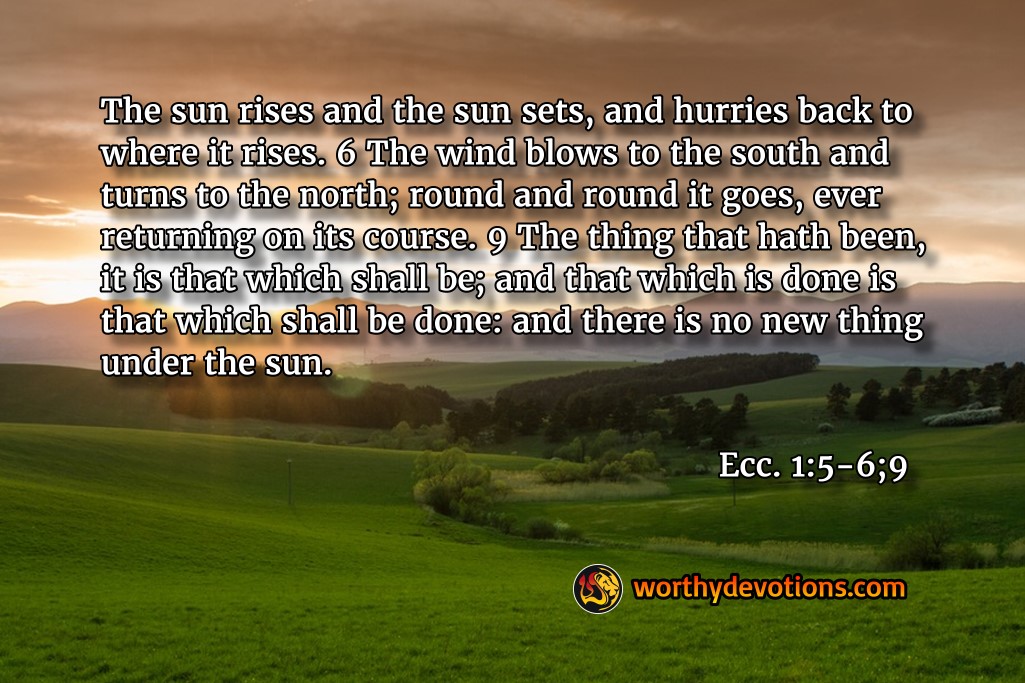Ecclesiastes 1:9-10 That which has been is what will be, That which is done is what will be done, And there is nothing new under the sun. 10 Is there anything of which it may be said, “See, this is new”? It has already been in ancient times before us.
A century ago, Pyongyang, North Korea’s capital, was a thriving center of Christianity, earning the nickname “Jerusalem of the East.” The early 1900s saw rapid Christian growth, especially after the 1907 Pyongyang Revival, sparked by a meeting between Western missionaries and local believers. At its peak, about 30% of the population were practicing Christians, and the city was filled with thousands of churches.
Then came the Japanese occupation of Korea from 1910 to 1945, which was a tough time for Christians. The Japanese were openly hostile toward them, imprisoning many and even martyring some. Despite these challenges, the faith held strong. The Japanese occupation tried to wipe out the Korean culture and language and replace it with its own, leading to the tensions between North Korea and Japan till this day.
World War II changed everything, splitting Korea into two occupation zones that were supposed to be temporary but eventually led to the Korean War. Before the war, Pyongyang was still a Christian hub with over 2,000 churches, but the North Korean government soon cracked down hard.
In 1946, the Soviets set up the “United Democratic National Front,” which later merged with other groups to become the Workers’ Party of North Korea, the ruling party we know today. When North Korea officially became the Democratic People’s Republic of Korea on September 9, 1948, the government basically declared that Christianity was over.
First, they seized Christian assets with the 1946 Land Reform Act, and then they weakened the church even more by nationalizing key industries in 1948. Kim Il Sung, wanting to keep religion under control, appointed his Christian mother’s relative, Pastor Kang Yang Wook, to lead the Chosun Christianity Federation, a group designed to bring Christian organizations in line with the Communist Party.
By late 1949, as things heated up before the Korean War, the regime stepped up its crackdown on Christians, arresting anyone involved in religious activities and raiding homes for religious books, which they considered an act of rebellion.
By the time the Korean War started in June 1950, the North Korean government was on a mission to arrest and persecute Christian leaders. As North Korean troops retreated during the war, Kim Il Sung ordered the mass killing of Christians, with estimates of those killed reaching into the tens of thousands.
As the war raged on, many Christians fled to South Korea, where they started new churches, some of which grew to become among the largest in the world. This migration played a huge role in making South Korea the most Christian country in Asia, with nearly 29% of the population identifying as Christian today.
If you look at a satellite image of the Korean Peninsula at night, the contrast between North and South Korea is striking. South Korea is brightly lit and full of life, while North Korea is almost entirely dark and lifeless. This striking difference serves as a powerful reminder that embracing God brings light into the darkness.
North Korea is widely regarded as the world’s top country for Christian persecution. The Bible remains banned, and according to Open Doors, an estimated 50,000 to 70,000 Christians are currently held in North Korean prison camps.
The Communists didn’t come in openly as Communists; they arrived disguised as champions of Democracy. Learn this history lesson and pass it on to your children: the Christians of North Korea, in their deep hatred for the Japanese, ended up trading one evil for another. This choice plunged the nation into three generations of darkness that still continues till this day. Pray and see how this history lesson could apply to us today!

